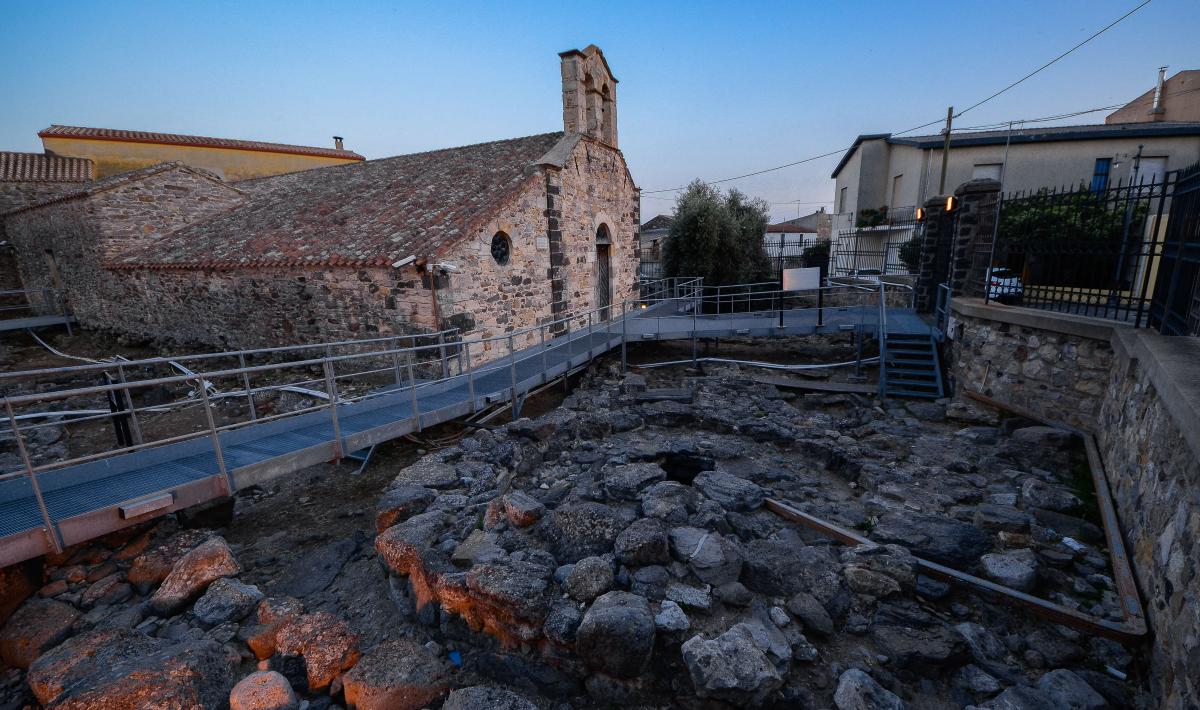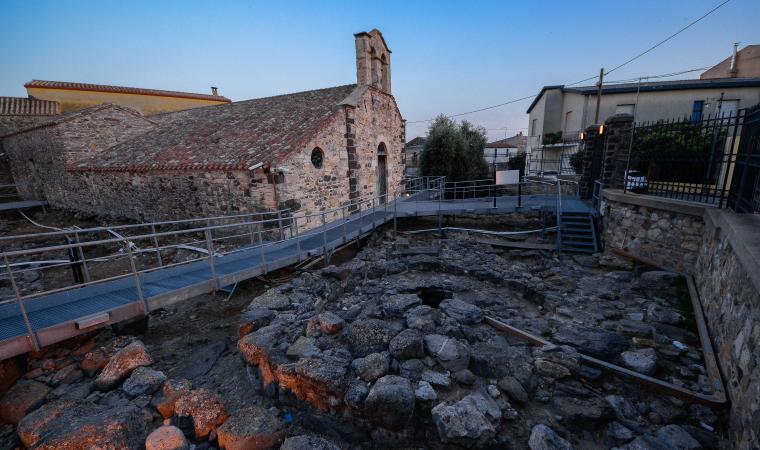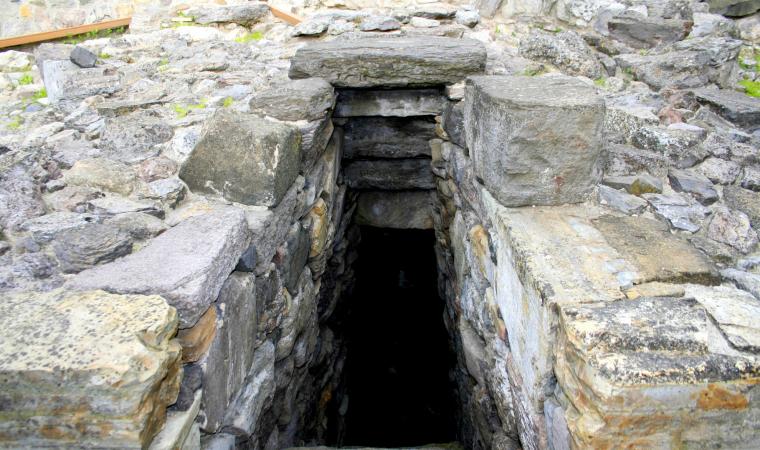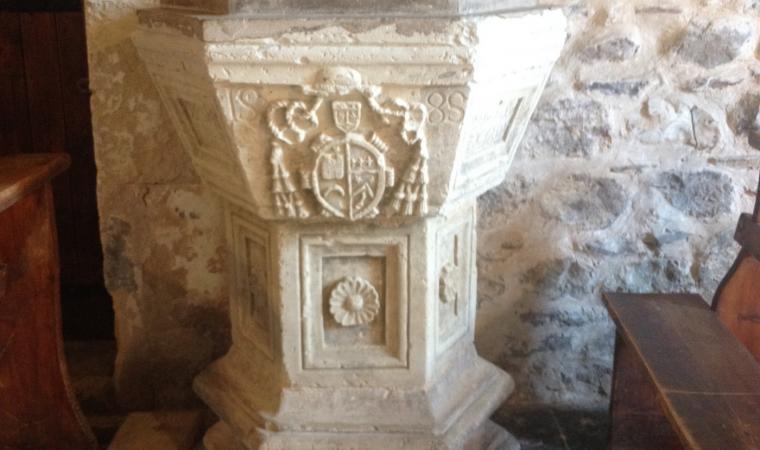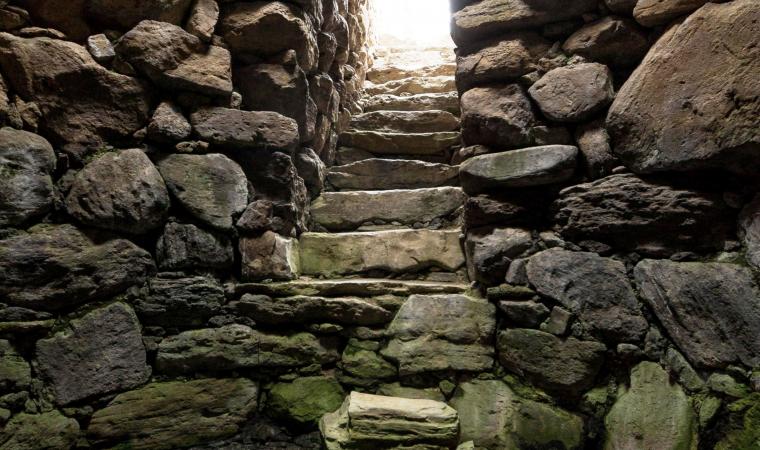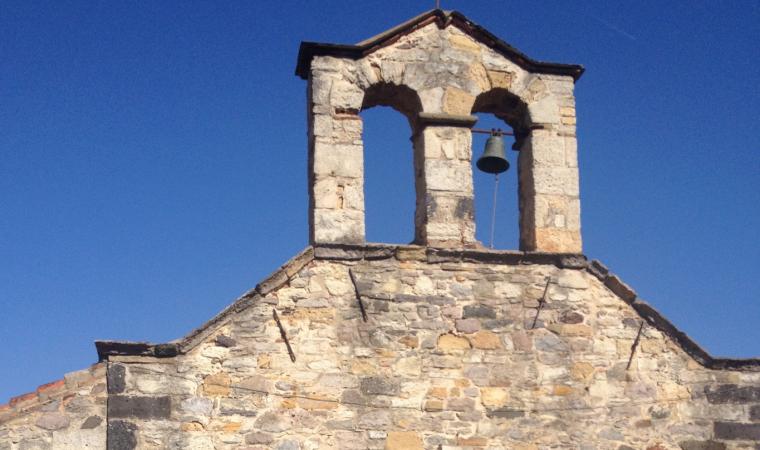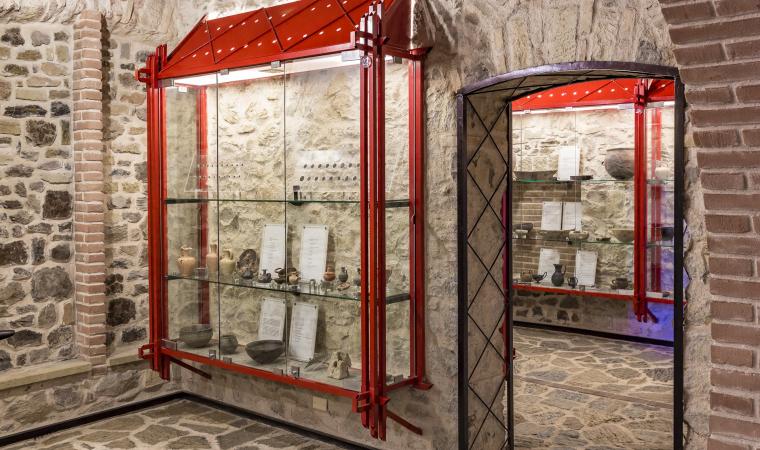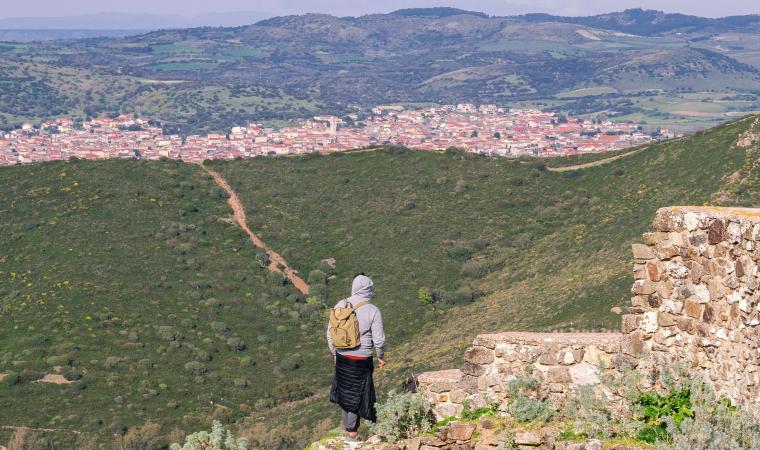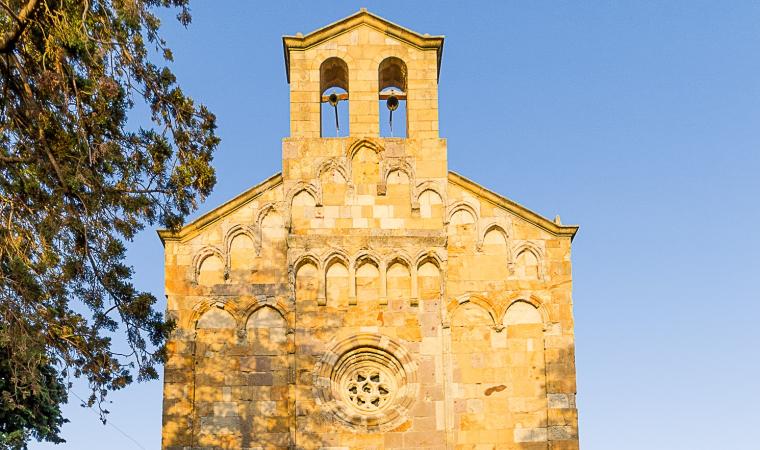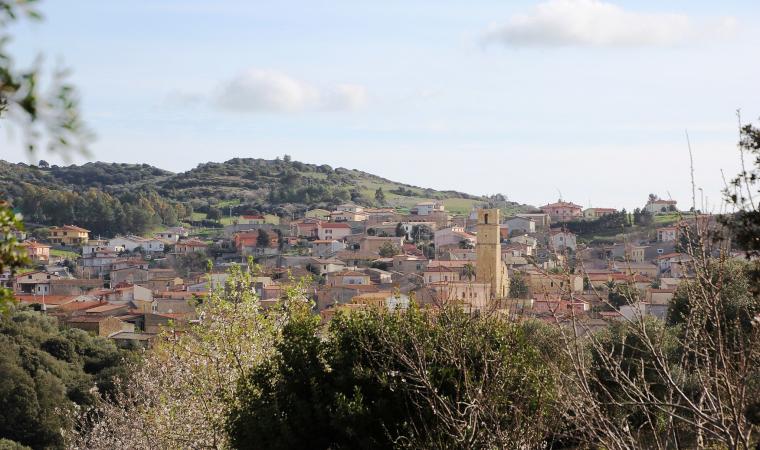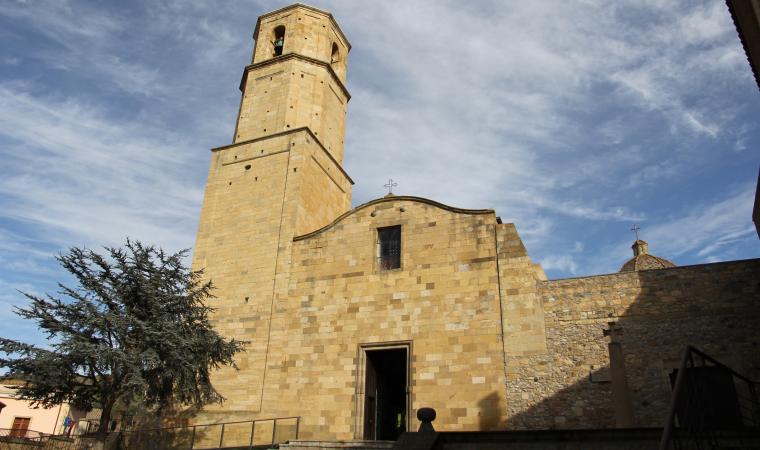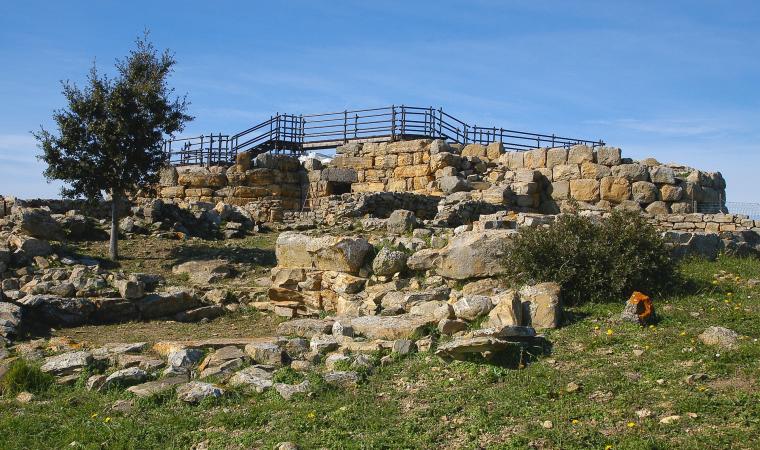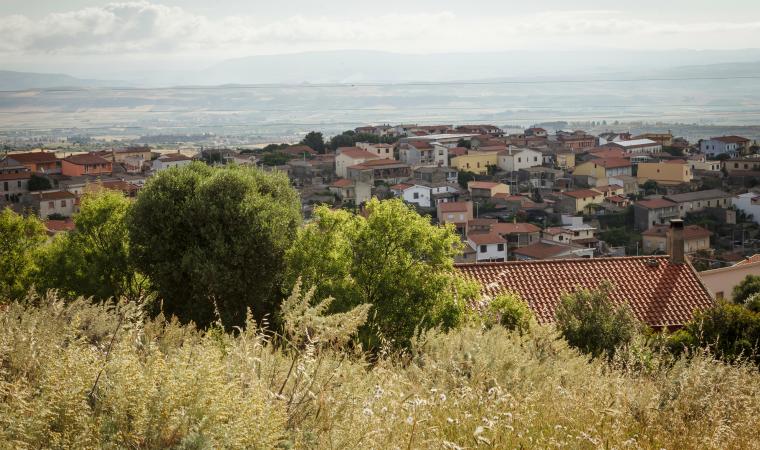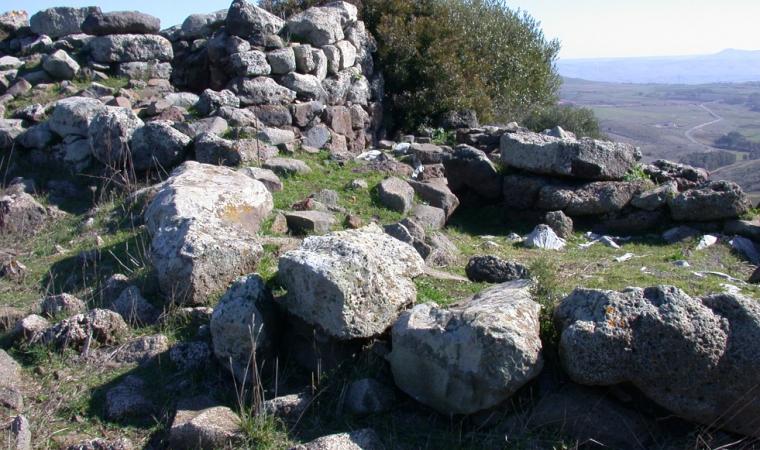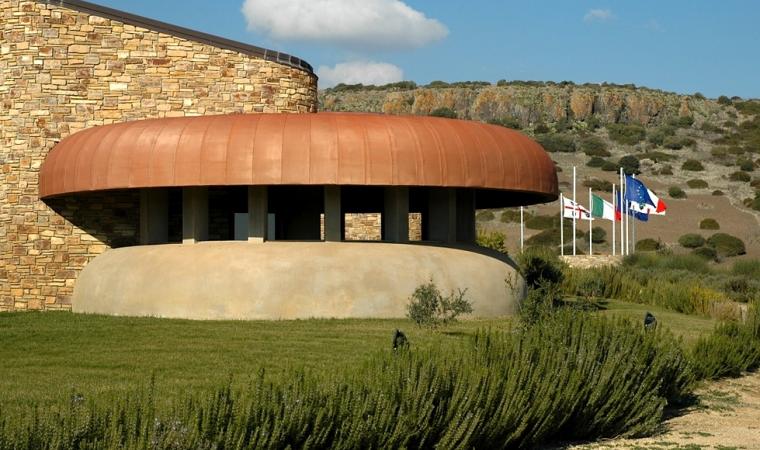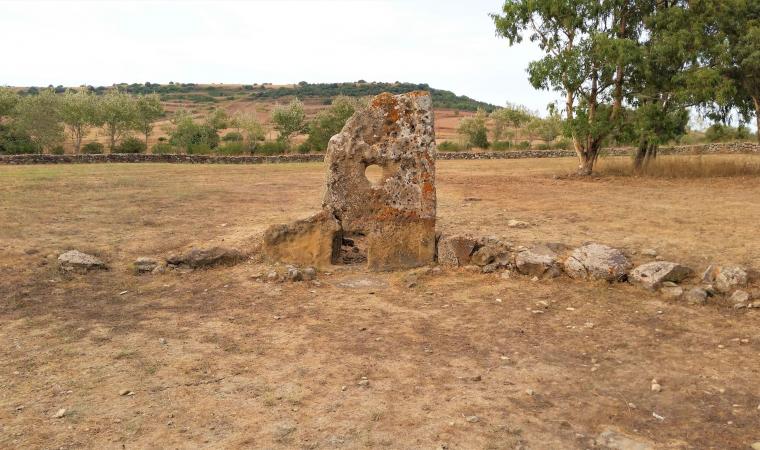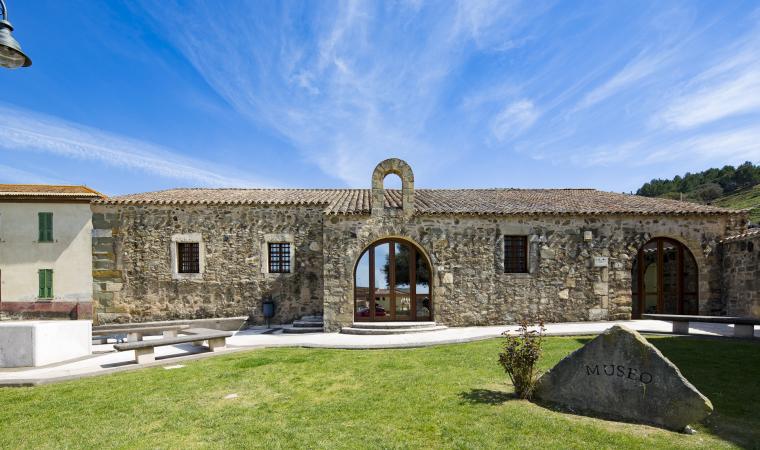It stands in the upper part of Sardara, a village in the Medio Campidano area, and it gets its name from the little church nearby. The Nuragic sanctuary of Sant'Anastasia is characterized by a sacred well, known as funtana de is dolus (well of the pains), from which the spring emanates and is fed by groundwater aquifers. Thanks to a draining mechanism, you can enter it and admire its solid architecture, going right down to the bottom. Created with basalt and limestone blocks, perhaps in the Late Bronze Age, it has a circular room with a false dome roof, which you can get to via a flight of steps protected by a corridor covered with slabs in a jack arch arrangement. In the temple, of which only the well still remains, the water deities were worshipped, like in the Sanctuary of Santa Cristina (in Paulilatino), that has a similar structure but is perhaps from a later period.
The use of the area for religious purposes continued on after the Nuragic era, as is confirmed by Punic pottery and the remains of a Byzantine building beneath the church of Sant'Anastasia (rebuilt in the 15th century), in which there are two naves separated by pointed arches resting on pillars. Inside the church, there is another Nuragic well, of which several ashlars decorated with engraved patterns - one shaped like a taurine protome - are walled into its façade. In the well, which is smaller than sa funtana de is dolus, numerous pots from the Iron Age (8th century BC) were found. The excavations in the surrounding area have unearthed a large curvilinear enclosure alongside which there is a path of stone slabs. Inside it are the huts of a village that extends mostly beneath the current houses in Sardara. They are the remains of a vast Nuragic settlement, not just religious but also civilian, that continued on from the Recent Bronze Age to the Early Iron Age, and was also frequented in later periods. The enclosure incorporates a large circular hut, maybe a Council room, with a seat that runs along the perimeter wall. Here, as well as furnishing elements, among which a stone alter shaped like a Nuragic tower stands out, there are numerous artefacts unique in the Nuragic context: terracotta melting moulds, lead ingots and a pot containing precious bronze relics. You can admire them in the Abbas Villa city archaeological museum. Not far from the excavations, you can also visit Casa Pilloni, a dwelling that dates back to earlier than the 17th century and is currently a centre of services for the enhancement of the archaeological site.

